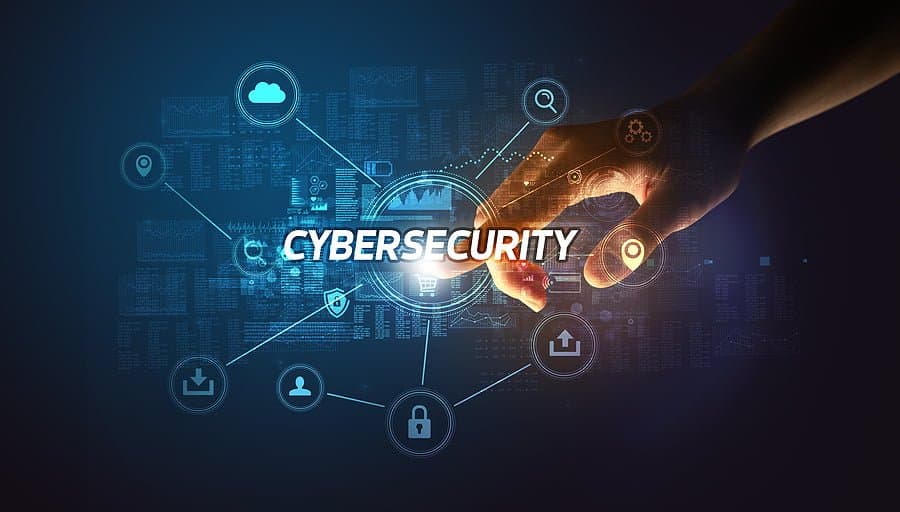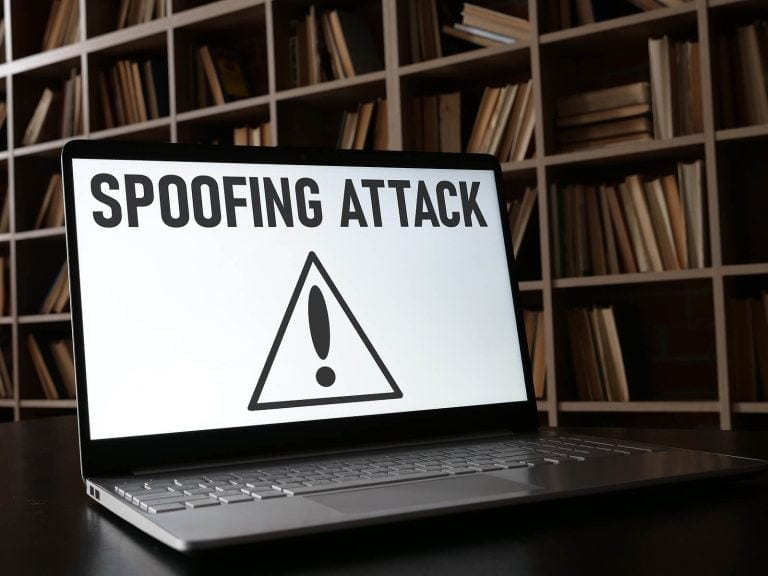Cyber attacks are a threat that no business is immune to. With cybercrime rising by 600% during the pandemic alone, businesses are more vulnerable than ever to financial losses as a result of failed cybersecurity protocol.
Table of Contents
ToggleTo help business owners prevent and respond to such incidents, this guide will go over statistics on types of cyber attacks and actionable tips to prevent them.
Cybercrime Losses
By 2025, it is estimated that cybercrime will cost businesses around the world $10.5 trillion annually. With an estimate of $3 trillion in 2015, that’s more than a threefold increase over a single decade.
If you’re a small business owner, you’re in one of the most vulnerable groups to cybercrime. A study by Accenture reports that 43% of cyber attacks target small businesses, and under a sixth are equipped to prevent those attacks.
Cyber attacks don’t just involve stealing a company credit card or hacking an employee’s personal information — they could have a serious and lasting impact on your company’s infrastructure. This can be exceptionally expensive to resolve, and may even be outright unaffordable.
In addition to the direct monetary and systemic losses resulting from cyber attacks, there are less direct costs that impact companies for long periods of time following the attacks. These include but are not limited to system downtime costs, brand reputation costs, lost data, and lost productivity.
It’s critical for businesses of all sizes to be cognizant of the impact that cyber attacks can have in order to better combat them and prevent them from happening in the first place.
Common Types of Cyber Attacks
Knowing the most common types of cyber attacks will help you develop a keen eye for suspicious activity so that you can act wisely to prevent theft and fraud.
- Phishing
Phishing is a type of online scam that involves sending an email or other virtual communication impersonating a source that would usually be seen as reputable, such as a bank or an internet service provider. These emails usually ask for personal information such as social security numbers to steal identities, steal money, or open new accounts in someone else’s name. An FBI report revealed a loss of $57 million in one year to phishing scams.
- Malware
Malware is malicious software that gets downloaded onto devices without one’s consent. It causes devices to crash or can allow hackers to view computer activity, access files, and steal information. Malware is often downloaded onto devices when users are prompted to click on unsecure links. Statista has reported a significant increase in the number of malware detections, from 172 million in 2015 to nearly 678 million in 2020.
- Man-in-the-Middle
A man-in-the-middle (MITM) attack occurs when a user intercepts communication between two people, or between one person and a machine. For example, a hacker might guide a user into a fraudulent site that appears to be the user’s bank’s website to collect their data. According to Netcraft, 95% of HTTPS servers are vulnerable to these attacks.
- Data Breaches
On average, it takes a company 197 days to discover a cybersecurity breach. Needless to say, the longer it takes to discover a security breach, the more a company’s reputation and assets suffer.
Company data is valuable to hackers both inside and outside of an organization. While the majority of data breaches are conducted by outsiders, nearly a third are actually conducted internally.
Overall, this data illustrates the importance of swift and proactive action by management to prevent cybersecurity threats, whatever their origin may be.
Industry-based Cybersecurity Vulnerabilities
While it’s important for businesses in every industry to take comprehensive measures to combat cybercrime, certain industries are at greater risk than others.
For obvious reasons, companies in industries that possess users’ personal information are the most common targets of cybercrime. These industries include:
- Financial institutions. Not only do banks and credit unions have access to users’ personal information such as address and contact details, but they also manage financial assets and hold bank account and credit card numbers.
- Healthcare institutions. Hospitals and other healthcare institutions safeguard users’ social security numbers, billing information, health records, and insurance information.
- Corporations. Corporations house not only data on employees and clients, but also highly valuable intellectual property. This includes marketing strategies, product concepts, contract deals, etc.
Cybersecurity Best Practices
Aside from ensuring that your data breach insurance meets the needs of your organization, there are many processes and best practices that should be kept in mind in order to minimize the threat of cybercrime.
- Minimize data transfers. In a corporate setting, it’s nearly impossible to prevent the transfer of data between devices. Be mindful of how many devices contain important data and try to make transfers as minimally as possible.
- Verify download sources. Before making any downloads, scan the website you’re downloading from to ensure that it’s verified, and only click on legitimate download links. Clicking on false links could result in the installation of malware that provides hackers with a direct gateway into your device.
- Keep software updated. As hackers become more adept, so must software developers. Developers are consistently updating their applications with the best available security measures, so updating whenever updates are available is a great way to protect against cyber attacks.
- Encrypt where possible. Encryption tools can be used to protect data from unwanted individuals. When encryption isn’t possible, password protection is a great alternative. Be sure to choose passwords with a mix of letters, numbers, and characters, and to update your passwords regularly.
- Be vigilant. Data breach monitoring tools will alert you when there is suspicious activity regarding your data. These tools will help you prevent data theft in real-time.
- Have a plan. Hackers are smart, and data breaches happen. When they do, it’s important to have a codified, organization-wide plan to prevent further damage and to reverse the harm done.
Cybercrime is becoming more advanced every day, posing an increasingly dire threat to businesses and individuals everywhere. This makes it more important than ever to take proactive measures in self-defense against this threat. Don’t wait to clean up a messy cyber attack — make cybersecurity a priority today.





